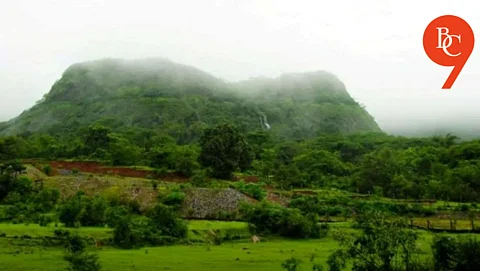

Typically, the lush greenery and cascading waterfalls of Tamhini Ghat are a monsoon spectacle, attracting thousands of tourists from Pune, Mumbai, and beyond. However, the summer of 2025 has brought a pleasant surprise: unseasonal rains in May have revived the region’s streams and waterfalls, offering visitors a rare chance to enjoy “monsoon tourism” in the middle of summer.
Local residents and tourists alike have been delighted by the sight of gushing waterfalls, misty valleys, and rejuvenated forests. The cool, fresh air and vibrant landscapes have made Tamhini Ghat and Sudhagad the go-to destinations for weekend getaways and day trips.
Tamhini Ghat, located on the crest of the Western Ghats, is renowned for its dense forests, rolling hills, and dramatic waterfalls. The area is a biodiversity hotspot, home to rare flora and fauna, making it a favorite among trekkers, birdwatchers, and photographers.
The region boasts several stunning waterfalls, including the Tamhini Waterfall, Valse, and Kansai, all of which are now flowing vigorously thanks to the early rains. These spots offer the perfect backdrop for nature walks, picnics, and photography. From trekking trails and scenic drives to tranquil picnic spots, Tamhini and Sudhagad cater to both adventure enthusiasts and those seeking peace and quiet amidst nature.
The early arrival of flowing waterfalls has sparked a tourism boom, with local hotels, homestays, and eateries reporting a surge in bookings. Families, groups of friends, and solo travelers are making the most of this rare opportunity to enjoy monsoon-like weather and scenery before the crowds of the actual rainy season arrive. Local guides and tourism operators have also ramped up their services, offering guided treks, nature tours, and safety tips for visitors eager to explore the region’s natural wonders.
While the tourism boom is a boon for local businesses, it also brings challenges in terms of crowd management and environmental preservation. Local authorities and eco-groups are urging visitors to practice responsible tourism to ensure that the region’s natural beauty is protected for future generations.
